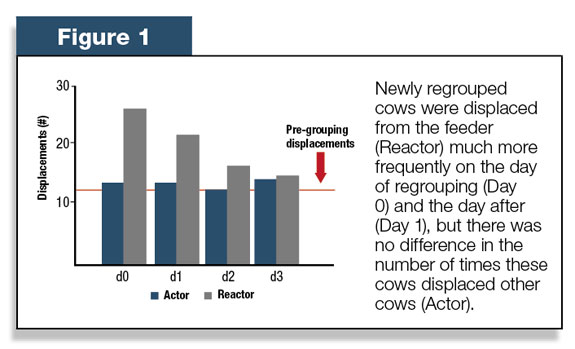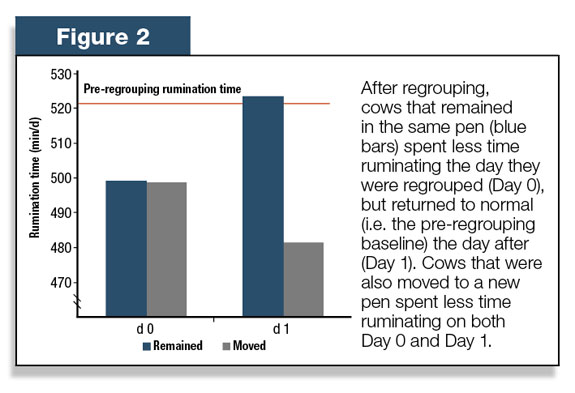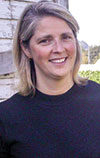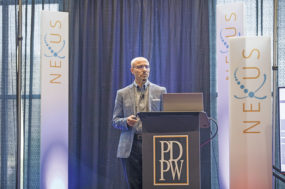Dairy cows are often grouped according to age, days in milk, feed requirements and health status. To create these groupings, cows are often moved to new groups four or more times per lactation. At each regrouping, cows are mixed with unfamiliar herdmates, resulting in changes in group composition and dynamics. In the new group, each cow must re-establish social relationships through threats, butting and other physical and nonphysical interactions. A series of recent studies at the University of British Columbia (UBC) have assessed the effects of regrouping on dairy cows.
For example, in one study, mid-lactation cows were initially observed in their home pen to monitor baseline behavior and milk production. After the baseline period, 12 different cows were introduced individually (one at a time) into different established group of 11 cows.
Feeding time, social behavior (displacements from the feedbunk and lying stall) and lying behavior were monitored using video cameras. Data loggers were attached to one hind leg of each animal to measure standing and lying time.
When these cows were introduced to the new group they spent less time feeding, especially in the hour after fresh feed delivery, when competition for food is typically at its peak.
Newly regrouped cows were also displaced from the feedbunk by other cows much more frequently than before regrouping ( see Figure 1 ).

Cows also tended to spend less time lying down after regrouping, likely because cows entering a new group were often displaced from freestalls by other cows.
These disruptions set back milk production; on the day after regrouping, cows produced 39.7 kg (87.3 lbs) per day compared with an average production of 43.4 kg (95.5 lbs) per day before regrouping.
Group changes frequently occur around calving. For example, cows are often placed into a new group to facilitate dry-off, moved to another group once dry, moved yet again three weeks before calving, moved into a maternity pen to calve and then moved again to a lactating pen.
Cows are especially vulnerable to disease during the transition period around calving, so a second UBC study investigated the effects of regrouping during the dry period. Forty-eight cows were housed in groups of six.
After a baseline-recording period, cows were moved in groups of three into a new group. In total, eight groups of three were moved to a new pen with three cows in it, while the other eight groups of three remained in their home pen and had three new cows introduced to them.
Feeding behavior (feeding time, feeding rate), social behavior (displacements) and lying behavior were monitored. In addition, dry matter intake was measured using electronic feed bins and rumination time was monitored using electronic collars.
Cows introduced to a new pen decreased feed intake by 9 percent compared to the days before regrouping; cows that remained in their home pen did not change intake.
Cows moved to a new pen were more likely to be displaced from the feed bins, especially during the three hours after fresh feed delivery. These cows also spent less time ruminating, returning to baseline values only two days after regrouping ( Figure 2 ).

Both studies show the negative effects regrouping can have on dairy cows. A comparison of these studies indicates that regrouping cows in small groups can decrease these effects.
Regrouping cows at quiet periods of the day (and not close to peak-feeding times) may help to decreases the frequency of aggressive interactions.
Regrouping can provide producers with some benefits but comes at a cost to the cow – this cost should be kept in mind when considering when and how often cows should be regrouped. PD
Daniel M. Weary is a professor and NSERC Industrial Research Chair with the university’s animal welfare program; his email address is danweary@mail.ubc.ca
References omitted due to space but are available upon request to editor@progressivedairy.com
—Excerpts from UBC Research Reports Vol. 11, No. 1, August 2011








